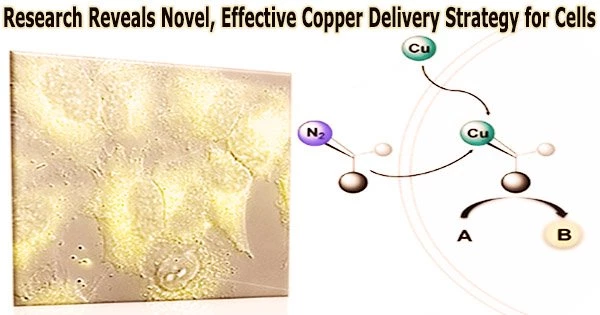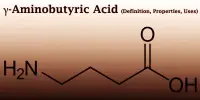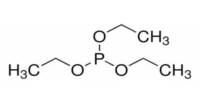The discovery of a novel copper transport mechanism in cells by the anti-cancer medication elesclomol can help in the development of therapies for copper deficiency diseases such Menkes disease.
Infants with Menkes disease have a genetic condition that causes copper deficiency. It often manifests as gradual brain damage that ends in death by the age of three.
A Texas A&M AgriLife Research team led by Vishal Gohil, Ph.D., associate professor in the Department of Biochemistry and Biophysics in Texas A&M’s College of Agriculture and Life Sciences, Bryan-College Station, first discovered the therapeutic potential of elesclomol for treating copper deficiency disorders. Additionally, previous research by Gohil’s team showed that elesclomol could be used effectively in a mouse model to treat Menkes disease.
The new study, “FDX1-dependent and independent mechanisms of elesclomol-mediated intracellular copper delivery,” was recently published in the Proceedings of the National Academy of Sciences, a peer-reviewed journal of the National Academy of Sciences. The research was led by Gohil, with Mohammed Zulkifli, Ph.D., a research scientist in the same department, as the first author of the study.
The study was conducted in collaboration with scientists from the University of Houston, Oregon Health and Science University, University of Missouri and the Advanced Photon Source at Argonne National Laboratory, a U.S. Department of Energy multidisciplinary science and engineering research center.
Elesclomol and copper deficiency
Menkes disease is caused by genetic deficiencies in copper transport to “cuproenzymes,” which are copper-containing enzymes. These copper deficient diseases currently have no viable treatments available.
“To realize the full potential of elesclomol, it was necessary to gain a mechanistic understanding of how this drug makes copper available to different cellular cuproenzymes,” Gohil said. “We needed to look at the mechanism by which copper brought into cells by elesclomol is released and delivered to cuproenzymes present in different subcellular compartments.”
He said the study used a combination of biochemistry, cell biology and genetics to demonstrate that the release of copper from elesclomol occurs both inside and outside mitochondria.
Copper is an essential micronutrient, and genetic mutations that prevent copper transport across cellular membranes or its delivery to cuproenzymes can result in lethal human disorders such as Menkes disease.
Vishal Gohil
Copper and human health
Copper is an essential trace element required for the activity and stability of several cuproenzymes involved in a wide array of physiological processes.
“Copper is an essential micronutrient, and genetic mutations that prevent copper transport across cellular membranes or its delivery to cuproenzymes can result in lethal human disorders such as Menkes disease,” Gohil said.
Currently, no Food and Drug Administration-approved therapies are available for treating Menkes disease. Additionally, direct administration of hydrophilic copper salts has shown limited efficacy in clinical trials.
“We hypothesized that this limited efficacy was likely due to inefficient copper delivery across cellular membranes, so there was an unmet need to identify compounds that can safely and effectively transport copper across biological membranes and restore cellular copper balance,” Gohil said.
The study
Previous research had shown that ferredoxin 1, FDX1, a mitochondrial enzyme, was the protein target of elesclomol. In the current study, Gohil and his team showed that FDX1 releases copper bound to elesclomol by reducing it to a form of copper cells can use. The study also shown that elesclomol might still introduce some copper into cells even in the absence of FDX1 through unidentified routes.
Zulkifli said FDX1 can also help release copper from other clinically used copper-transporting drugs, but compared with elesclomol, these drugs are much less dependent on FDX1 to make the copper bioavailable to cuproenzymes.
“These modes of copper release by elesclomol are distinct from those of other currently used copper-transporting drugs,” Zulkifli said. “This may explain the high potency of elesclomol in rectifying copper deficiency.”
Building on past research
Gohil and his team have noted the therapeutic potential of elesclomol in treating disorders caused by copper deficiency in earlier investigations. The results of several of the earlier studies also demonstrated that elesclomol can increase the levels of the crucial copper-dependent enzyme cytochrome c oxidase protein complex, which is necessary for mitochondrial energy production.
The Gohil lab also demonstrated that elesclomol improves copper deficiency in yeast, zebrafish and mouse models by delivering copper to mitochondria and restoring the function of the cytochrome c oxidase.
Additionally, the use of elesclomol to treat copper deficiency disorders is at the center of a licensing agreement between The Texas A&M University System, managed through the Intellectual Property and Commercialization office of Texas A&M AgriLife Research, and California-based Engrail Therapeutics.
















